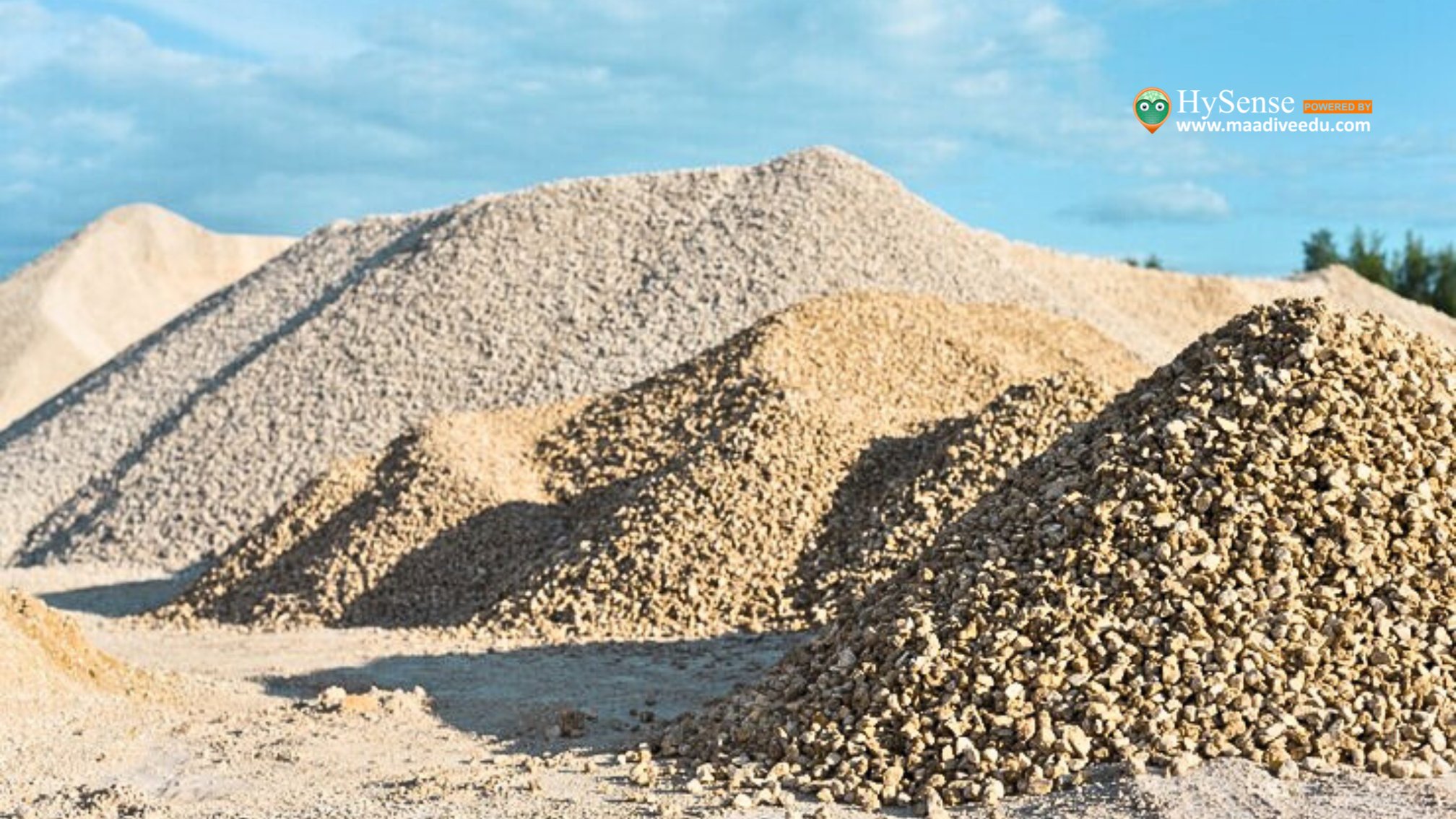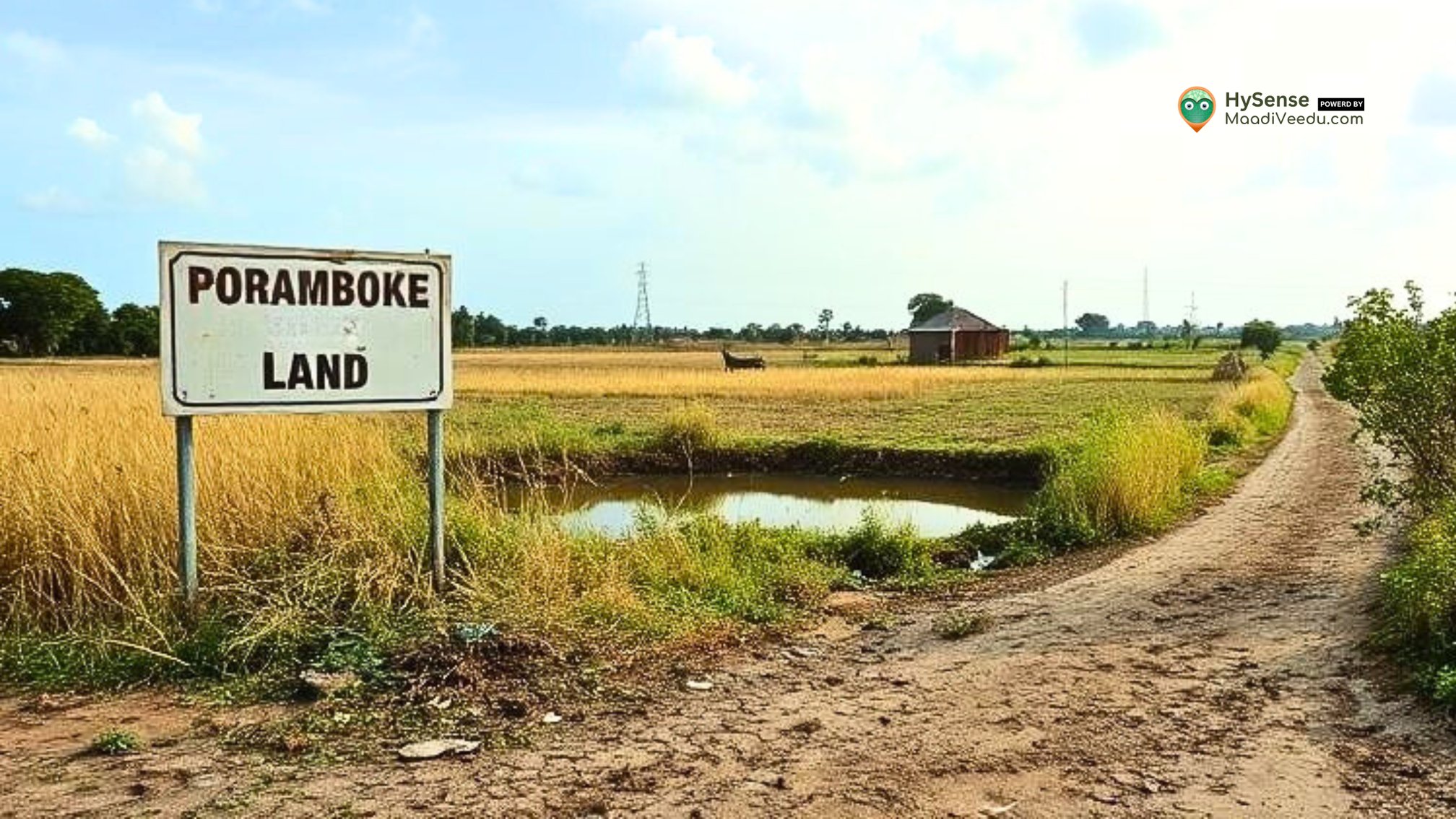Choosing Between P Sand and M Sand for Your Construction Project
Learn how P Sand and M Sand differ in texture, strength, and cost. Find out which sand is best for plastering or concrete to ensure durability and smooth finishes.

Table of Contents
When it comes to construction, every material you choose plays a key role in the strength, appearance, and durability of the final structure. One such important material is sand. In the current construction industry, especially across various regions in the country, P Sand (Plaster Sand) and M Sand (Manufactured Sand) are the two most commonly used sand types.
Each of them is designed for a different purpose. If you choose the wrong one, you may compromise on surface finish, structural strength, or long-term durability. This blog gives you a practical and detailed comparison between P Sand and M Sand, helping you make the right choice depending on your project's requirements.
Browse verified plots and construction-ready properties that match your project needs – no middlemen, no confusion.
What is P Sand and M Sand?
P Sand, also known as Plastering Sand, is a fine-grade sand used mainly for plastering walls and ceilings. It is soft in texture, free from large particles, and provides a smooth, uniform surface when mixed with cement for plaster.
M Sand, or Manufactured Sand, is a substitute for natural river sand. It is made by crushing granite or hard stones in crushing units. It is primarily used for concrete work because of its rough texture and angular shape that helps in better bonding in cement mixes.
How P Sand and M Sand Are Produced
P Sand Production:
P Sand is usually derived from natural sources like riverbeds. It is carefully washed to eliminate silt, clay, or organic impurities, making it suitable for surface finishes. Due to mining restrictions and environmental concerns, the availability of P Sand is often limited in many regions.
M Sand Production:
M Sand is manufactured by crushing rocks into sand-like particles. The process involves multiple stages of crushing, screening, and washing. The final product is checked to ensure it meets the standards for construction-grade sand. Since it's manufactured, the quality is consistent and widely available, especially in cities where river sand is banned or scarce.
Physical Differences Between P Sand and M Sand
Grain Size and Texture:
- P Sand: Very fine particles, smooth and uniform, suitable for plastering work.
- M Sand: Coarse texture with angular particles, ideal for concrete and masonry.
Grain Shape:
- P Sand: Round and polished grains that create smooth finishes.
- M Sand: Angular and rough particles that offer better mechanical bonding in structural work.
Moisture Content and Silt:
- P Sand: Often retains slight moisture and may contain small traces of clay if not washed properly.
- M Sand: Produced under controlled conditions, usually free from silt and organic material.
Advantages of Using P Sand
- Provides a smooth and polished finish on plastered walls.
- Reduces the formation of cracks and surface shrinkage.
- Helps achieve aesthetic appeal on internal and external wall surfaces.
- Easy to apply and spread during plastering.
- Requires less cement and water when compared to coarser alternatives.
Advantages of Using M Sand
- Offers high compressive strength and bonding in concrete work.
- Reduces construction cost due to better availability and transport convenience.
- Manufactured using technology that ensures consistent grain size and quality.
- Helps reduce dependency on river sand, supporting environmental conservation.
- Performs better in load-bearing applications, such as slabs, beams, and columns.
Applications – Where to Use P Sand and M Sand
P Sand is not suitable for structural applications because of its low bonding strength. Similarly, using M Sand in plastering can result in a rough finish and might need additional water and cement to smoothen out, leading to increased costs.
Cost and Availability of P Sand and M Sand in 2025
In many areas, sand prices have increased due to government restrictions on river sand mining. This has made M Sand a more cost-effective and practical option, especially for larger construction projects.
Average Cost Comparison (Per Ton):
- P Sand: ₹1300 – ₹2000 (subject to location and availability)
- M Sand: ₹900 – ₹1500 (commonly available and factory produced)
While P Sand might be expensive due to natural sourcing and transportation, M Sand is widely available and often locally manufactured, offering better pricing and logistics.
How to Identify Good Quality Sand on Site
For P Sand:
- Texture should be soft and fine.
- Color should be light yellow or beige.
- Water test should show minimal clay or silt when washed.
For M Sand:
- Should be angular in shape.
- Should not contain any organic matter or clay lumps.
- Should pass through a 4.75 mm sieve uniformly.
On-site testing by simple hand washing or sieve analysis can help confirm quality before purchasing large quantities.
Practical Tips Before Buying Sand
- Always verify if the supplier has IS certification for M Sand.
- Request a sample test report or test the sample on-site.
- Store sand in a covered, dry area to avoid contamination from soil or moisture.
- Avoid mixing P Sand and M Sand unless you're using it for base filling.
Mistakes to Avoid During Sand Selection
- Using P Sand for RCC can weaken the structure.
- Using M Sand for plastering may result in poor finish and more water usage.
- Assuming all M Sand is the same—quality differs by manufacturer.
- Ignoring proper testing before bulk purchase.
Making these mistakes can lead to quality issues, increased repair costs, and even safety risks in the long run.
Expert Suggestion
- For plastering and fine finishing, use P Sand only.
- For all concrete works, brickwork, and foundations, use M Sand.
- Do not compromise on sand quality for short-term savings.
- Always verify source, sieve size, and quality certificate before confirming bulk orders.
Frequently Asked Questions (FAQs)
1. Is M Sand safe to use for residential building construction?
Yes, M Sand is approved by construction authorities and meets IS 383 standards for use in concrete work.
2. Can P Sand be used for mixing concrete?
No, P Sand lacks the strength and binding capability required for concrete. It should only be used for plastering.
3. What if I use M Sand for plastering?
You may not get a smooth finish. M Sand may result in roughness and visible cracks if not treated properly in plaster.
4. Is P Sand available throughout the year?
Availability may vary by region and season due to its natural sourcing. M Sand is more reliable in terms of consistent supply.
5. How do I know if the sand I'm buying is good quality?
Perform a simple hand wash test and check for silt content. Alternatively, request a quality certificate from your supplier.
Final Thoughts
Choosing the right type of sand is not just a small construction decision; it affects the strength, life, cost, and beauty of your project. Knowing the difference between P Sand and M Sand helps you select the right material for the right job.
Using P Sand where finishing matters and M Sand where strength matters is the ideal approach. Don’t just go by price. Choose based on purpose, performance, and local availability.
Explore More Construction Insights
Looking for more practical guides like this? Learn everything you need to know about sand, bricks, concrete, and more at
blog.maadiveedu.com – your practical knowledge space for construction and real estate.
Need land or building materials for your dream project?
Visit MaadiVeedu.com – discover verified plots, apartments, and farmland properties.










